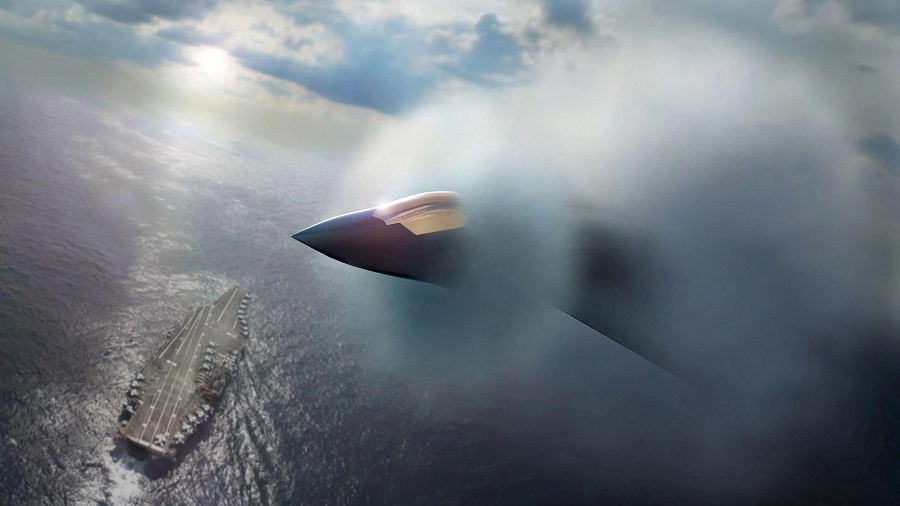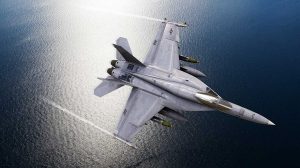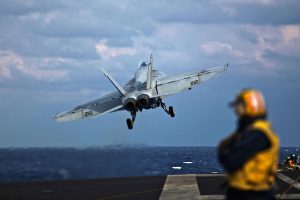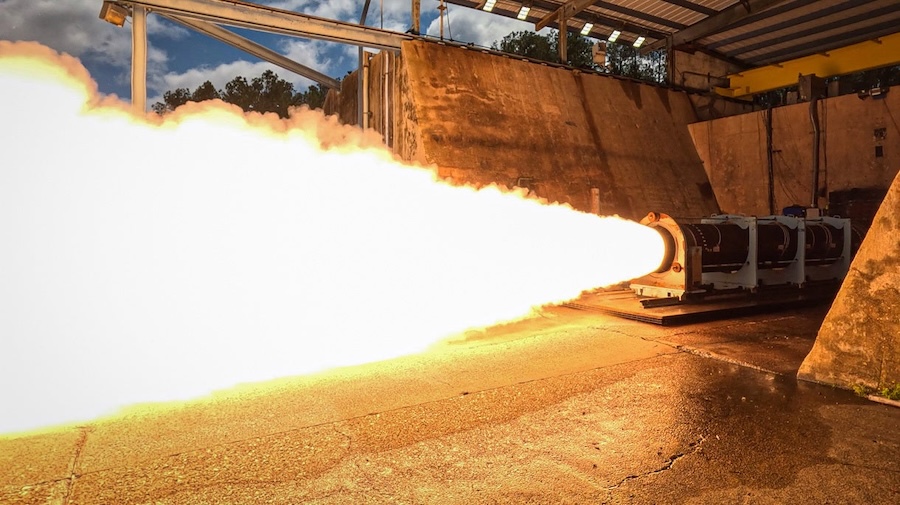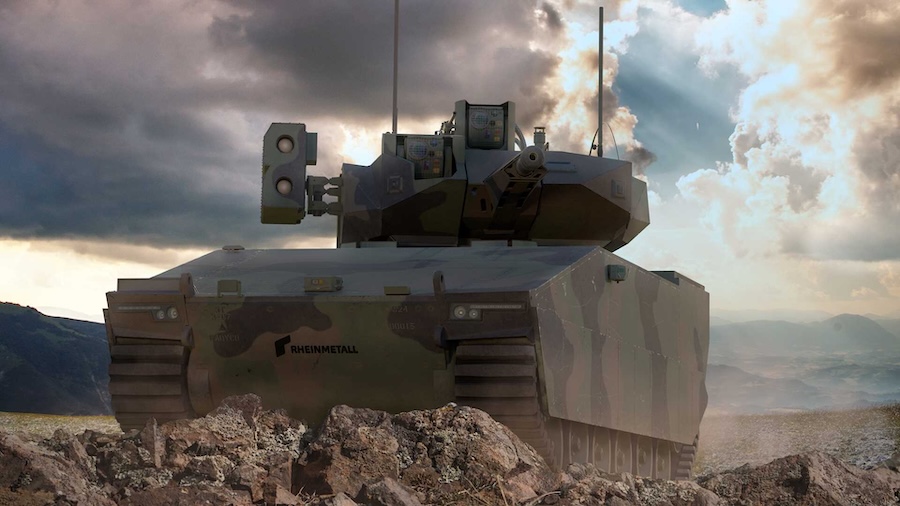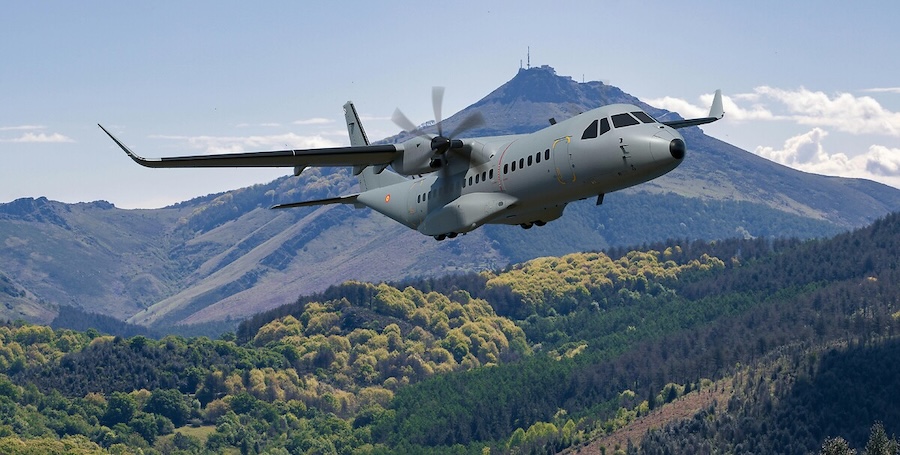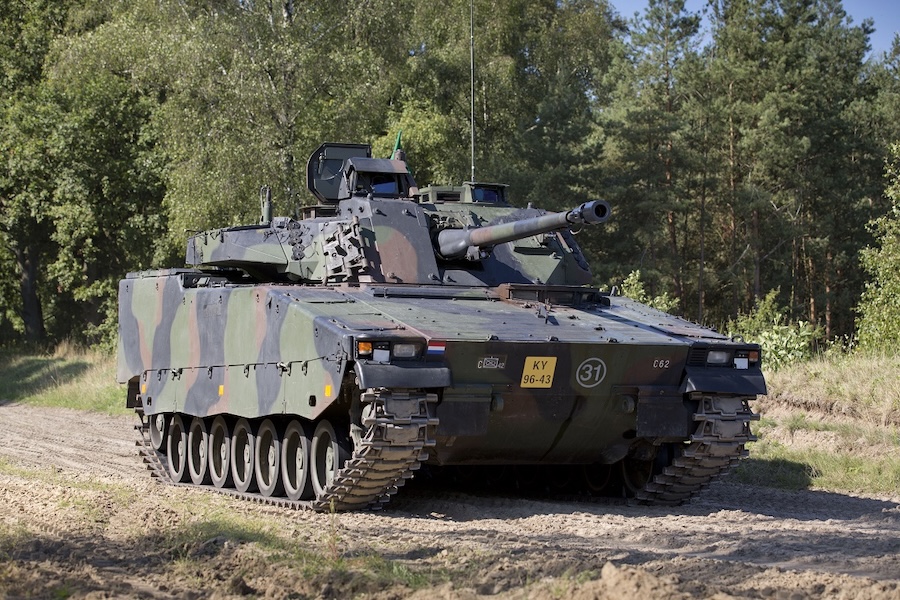Both the F/A-XX and F-47 renderings obscure significant features of the sixth-generation fighters, though they are expected to diverge in capability. Navy officials have confirmed a goal of increasing range by about 25% over current strike fighters, along with enhanced survivability, while the F/A-XX will use a derivative engine in contrast to the F-47’s new adaptive power plant.
Air Force information on the F-47 states it will have a combat radius exceeding 1,000 nautical miles and a top speed above Mach 2. The F/A-XX cockpit appears similar in shape to the F-47, but its radome is narrower, with the F-47’s wider radome leading to canards, while Boeing’s earlier Navy concepts had shown a tail-less design.
The release comes shortly after Northrop Grumman unveiled its rendering for the same programme, with both firms competing for a potential contract as Congressional backing grows despite Pentagon hesitation. The Department of Defense’s fiscal 2026 request called for pausing the programme, using limited resources to complete a design while prioritising the F-47.
Concerns have been raised by Navy and Pentagon budget officials over industry capacity to produce two advanced fighters simultaneously. In June, Steve Parker, Boeing Defense and Space CEO, said, “I don’t see this as an issue, as the company designed its F/A-XX and F-47 strategy to compete and win both.”
Boeing has committed about $2 billion to facilities supporting air dominance projects, including the new Advanced Combat Aircraft Assembly Facility under construction in St. Louis.
Source: Aviation Week.



